Ask MO Anything! Do We Really Need the IMU?
Dear MOby,
First off, thanks a lot for your website. It’s always my go-to place for moto-related news.
On to my question. The most tech-laden of motorcycles these days have IMUs to keep track of vehicular orientation. This information can then be employed to adjust electronic rider aids such as traction control and ABS to work most optimally in any given scenario. This is how I understand it, at least. The question I pose to you, then, is: Is there a huge difference in the effectiveness of an IMU- assisted system and a system without an IMU?
For example, take two modern superbikes, the BMW S1000RR and the Aprilia RSV4. The BMW uses an IMU as the center point of its rider aid system while, to my knowledge, the Aprilia does not. Yet, the Aprilia scores higher on your comparisons. Yes, there are other factors to consider, this is clear, but it seems like proper “seamless” electronic intervention is a key issue these days for new sporting motorcycles. Does the Aprilia do just as good as the BMW on that front despite being sans IMU? So, in sum: How important are IMUs in electronic rider aid implementation in the real world?
Thanks so much for your input!
Kyle
Laurel, Maryland, USA
Dear Kyle,
Our first stop for information was Aprilia’s Shane Pacillo, who was busy packing up for Sturgis (he’s Piaggio, really, and overworked), but found time to harumph: “We do have IMU, we’ve had it for half a decade and all the others have recently decided to join the party!”
It’s true, while others brag about their ever-expanding IMUs (Inertial Measurement Unit), Aprilia first used one in its original aPRC-equipped RSV4 in 2011. That first system mounted what Aprilia called a “sensor box” under the seat, now generally referred to as an IMU.
Aprilia’s website doesn’t mention its IMU but it’s definitely there, and more advanced now than its original unit, which measured longitudinal and lateral acceleration, roll and yaw. The latest six-axis units on the Yamaha R1M and 1299 Panigale add a pitch sensor for more fine wheelie control, which sounds impressive until you read that Bosch just introduced a nine-axis mini IMU, BMX160, to put into smartphones and watches. And Bosch isn’t the only company producing IMUs. Continental is another German player making better, faster, smaller IMUs, with all the serious sportbike OEMs scrambling to incorporate the latest and greatest into their electronics. (You can read all about the Bosch MM5.10 IMU in the lead photo here, which is probably already outdated.)
http://www.motorcycle.com/features/bosch-inventing-the-future-of-motorcycle-safety.html
How important is the IMU? Now, according to MV Agusta’s Research and Development Director (and former MV race manager) Brian Gillen, “The IMU/ lean angle / pitch angle sensor plays a fundamental role in the current generation of vehicle stability controls systems. Without it, turn-assisted ABS / wheelie control / lean-angle traction control are not possible. With regards to traction control, the rolling radius and contact patch of the tire are direct functions of the lean angle, which cannot be truly optimized without the information from the IMU. Without it, it is very easy to end up with TC that is too invasive with the bike almost vertical, and not sensitive enough at full lean.
This being said, motorcycle rider aids are a collection of physical components, software algorithms and calibration mappings. It is the sum of all three of these that determine how well (or poorly) the rider aids function.”
We’ve come a long way in a short time from those first traction-control systems, which mostly compared front and rear wheel speeds. More sophisticated early efforts, like Bazzaz, monitored rate of rpm increase to detect wheelspin and dial back power well before the AMA had heard of traction control or banned it.
Those systems were useful, but limited by the fact that they couldn’t react to wheelspin until it had already occurred. Kawasaki attached the descriptor “predictive” to the TC on its last-generation ZX-10R, ie., designed to step in preemptively. On its new 2016 10R, you’ll find “the latest generation Bosch IMU, designed to provide five measured parameters and a sixth calculated by the ECU. Engine rpm, throttle position, slippage, acceleration and more are all also measured to allow dynamic control, which allows unfavorable conditions to be predicted.”
In combination with GPS, it’s hard to see a future in which the motorcycle won’t know the fastest speed possible through any given curve before the rider goes out for the warm-up lap.
The last part of your question, how useful the latest systems are to most riders in the real world, is an interesting one: TC and lean-angle ABS can be godsends if it rains a lot in your real world, but on most road bikes on modern tires in dry conditions, you really have to be riding aggressively to activate them. That said, they can be an indispensable safety net if a rider gets surprised by something unexpected or gets in over his or her head by a lack of discretion. We dig the Yamaha’s R1’s ability to carry a lovely wheelie down Laguna Seca’s front straight with little skill required, but you’ll be needing JD Beach-type closed-course skills before you’re really benefiting from yaw and roll control. It takes more than a few track days for most riders to get up to anywhere near that speed, if they ever do at all.
In serious racing, though, having one’s electronics package dialled has become a critical part of being able to run at the front. And at the end of the capitalist society day, what is racing but marketing by other means? Since those electronic rider aids have already been developed by the race teams, and the IMU itself isn’t that expensive and takes up less room than a thumb drive, why not let it trickle down to the consumer machine along with a bunch of exciting new acronyms?
For me personally, the greatest use of electronic assistance occurs when dirt naifs like myself take big, powerful adventure bikes off onto dirt roads and worse. Switching the latest Triumph Explorer from ROAD to OFF-ROAD adjusts its suspension, TC, power delivery and ABS to cope with loose surfaces, and transforms the bike from race horse to sure-footed donkey instantly. Same deal with the KTM 1290 Super Adventure, BMW 1200 GS, et al.
In conclusion, the IMU genie is out of the bottle. And so far it seems to be a benevolent one.
Send your questions to AskMOAnything@motorcycle.com, and we’ll make up more answers.
More by John Burns



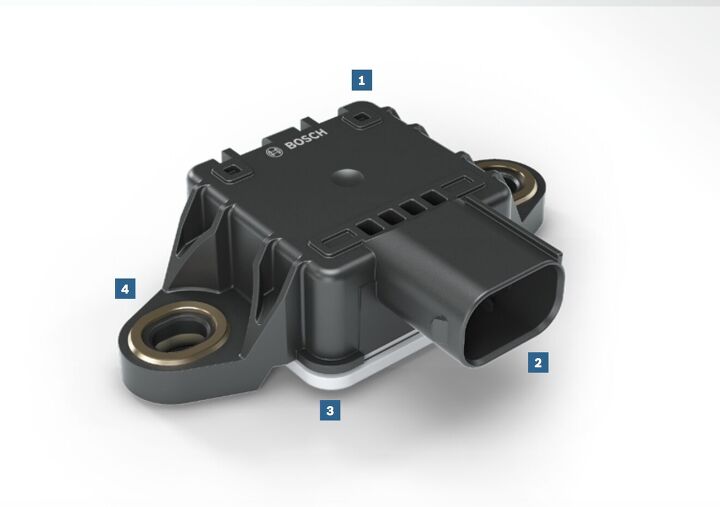

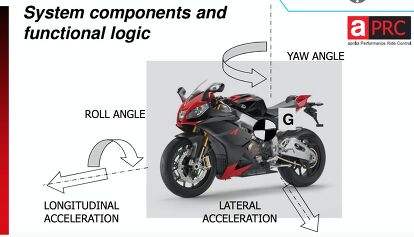



















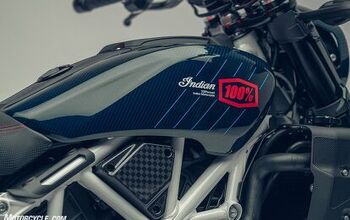
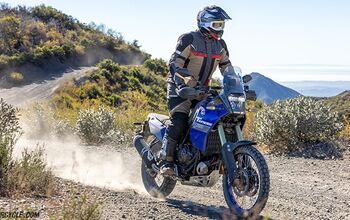

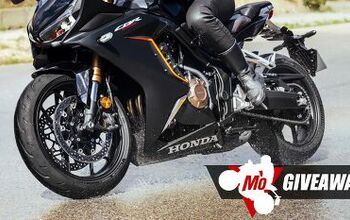


Comments
Join the conversation
Awesome job!
Just saw this today! Must have missed it when it was published. Thanks, John, for the detailed response and the industry insider perspective.